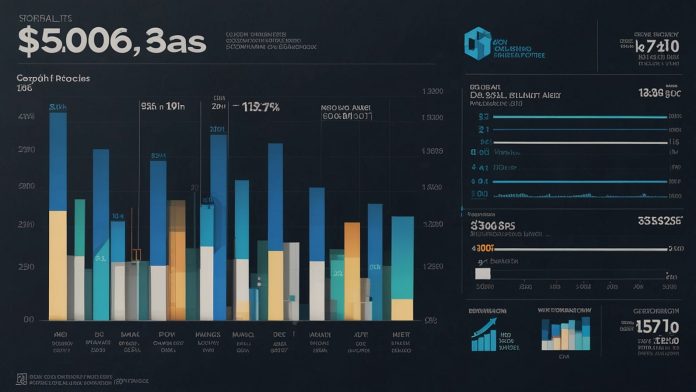In the ongoing process of inflation that has eroded the value of money, it is essential to understand the purchasing power of current money to plan one’s finances effectively. The question that people may ask is how much 400 dollars back in 2016 is worth in vending dollars of 2021?.
By August 27, 2025, this article will discuss the adjusted value of $400 in 2016, the reasons that led to inflation, and the most recent economic trends, which are designed to be among Google’s top stories due to their topicality and understandability.
The Purchasing Power and the Meaning of Inflation
Inflation is the rate at which the prices of goods and services rise in the market, decreasing the dollar’s purchasing power. The standardised tool to measure this change is the Consumer Price Index (CPI), which the U.S. Bureau of Labour Statistics tracks.
In comparing the CPI numbers over two years, we will be able to establish what difference between the levels of CPI over the two years constitutes a dollar today. In 2016, the CPI was 236.525, and in 2025, it was 315.605.
Plugging in the formula (CPI 2025 / CPI 2016) x amount, we get (315.605/236.525) x $400 = 533.74. As such, four hundred dollars in 2016 is estimated to be equivalent to $ 534 in 2025, which represents a compounded growth rate of 33%.
Factors Driving Inflation Since 2016
Between 2016 and 2025, it was observed that the average annual inflation fluctuation was 3.24%, resulting from inflation driven by demand pull, where supply could not meet consumer demand, and increasing production costs caused inflation.
The main events were the disruption to the supply chain in the post-2020 period and the increase in energy prices. The leading causes include housing, which increased by 3.17% over the last 365 days alone, followed by medical care (2.36%) and, not least, food (2.26%). Local data varies.
San Diego has enjoyed a 5.20 per cent average, thus turning a 2016 dollar of $400 into a 2017 dollar of $600.16, whereas Houston has a lower 2.68 rate, making a 2016 dollar of $400 equal to $507.37. The regional distributions of such findings are indicative of the disparity of the effects of inflation in the United States.
Broader Economics Summary
The recent inflation rate is 2.7%, as of July 2025, after reaching 9.1% in 2022, marking a shift towards stabilisation. However, the same amount would be worth more in 2026 if the rate is maintained.
The investment perspective can be used as well: 400 dollars invested in the S&P 500 in 2016 will have yielded 1313.16 dollars by 2025, nominal dollars, but only 585.52 after inflation, so even investing in the market with solid long-term returns may only serve to maintain purchasing power.
Cryptocurrency has emerged as a popular investment since at least 2016; local currencies have seen comfortable increases, but any trade in it must be cautious due to the volatility of the asset.
Why This is Important to the Consumer
To ordinary consumers, this $400 could be used in the purchase of more commodities as compared to 2016; 80 gallons of gas at $2.14 per gallon versus 60 gallons at $3.50 presently. This erosion sways the budgeting, savings and investment plans.
Fintech tools, such as FintechZoom.com and the inflation calculator developed by the Minneapolis Fed, can be used to track such changes, providing real-time input for making informed financial decisions. When costs increase, it is essential to monitor inflation so that individuals can plan for retirement, educate their children, or manage daily expenses effectively.
Looking Ahead
The value of past dollars is expected to shift because the inflation rate is expected to grow at an average of 2.7% in 2026. It is essential to stay updated using sources such as FintechZoom or the official Bureau of Labour Statistics, which will help in navigating such a landscape.
In a dynamic economy like that of 2016 and 2025, where individuals hold about $400 in 2016, the purchasing power of their future equivalent shifted to about $534 in 2025, which is a huge loss in terms of wealth creation, making it necessary to embark on aggressive financial measures in setting wealth preservation frameworks.



 Bitcoin
Bitcoin  Ethereum
Ethereum  Tether
Tether  XRP
XRP  USDC
USDC  TRON
TRON  Lido Staked Ether
Lido Staked Ether  Cardano
Cardano  Avalanche
Avalanche  Toncoin
Toncoin  Wrapped SOL
Wrapped SOL